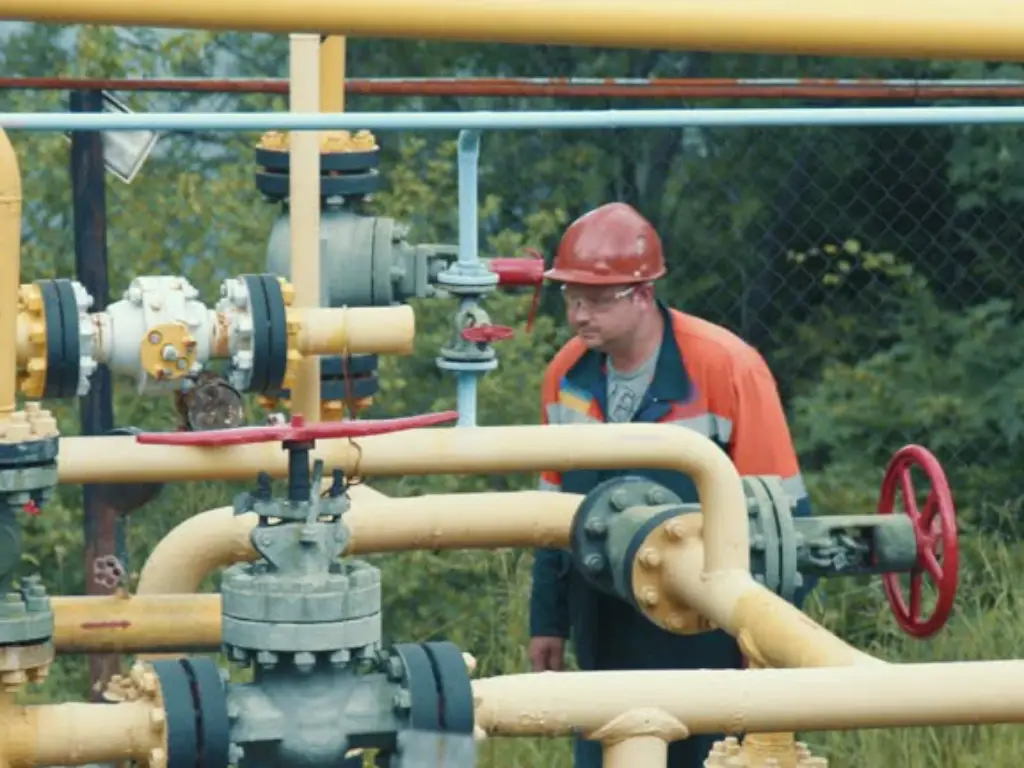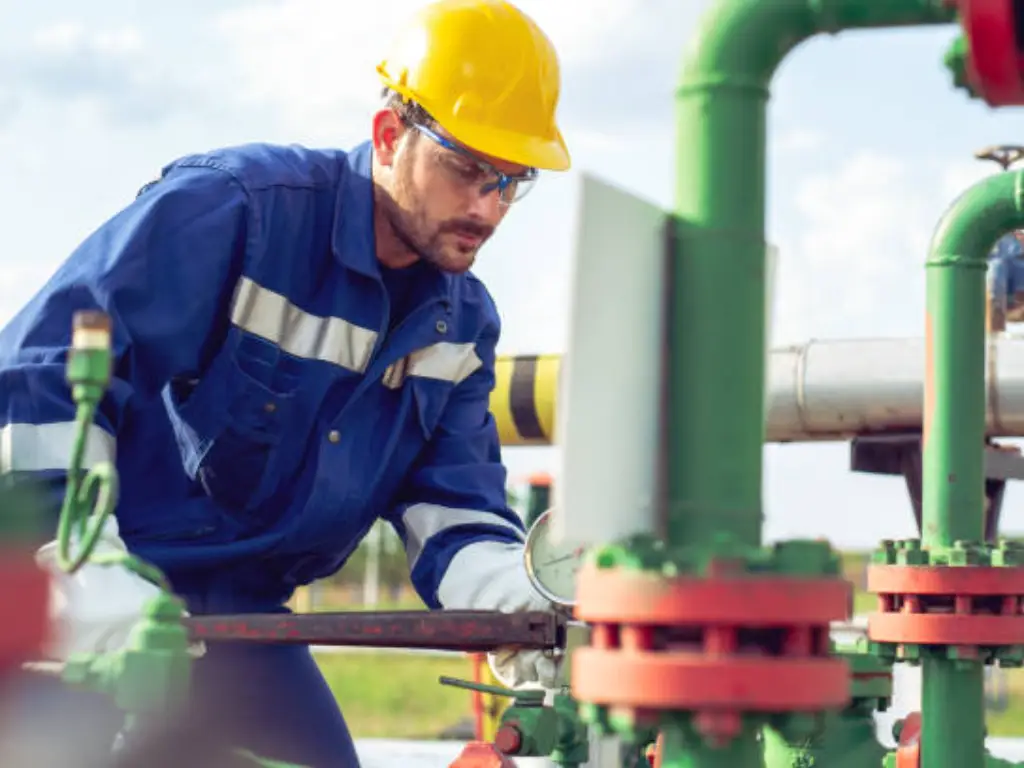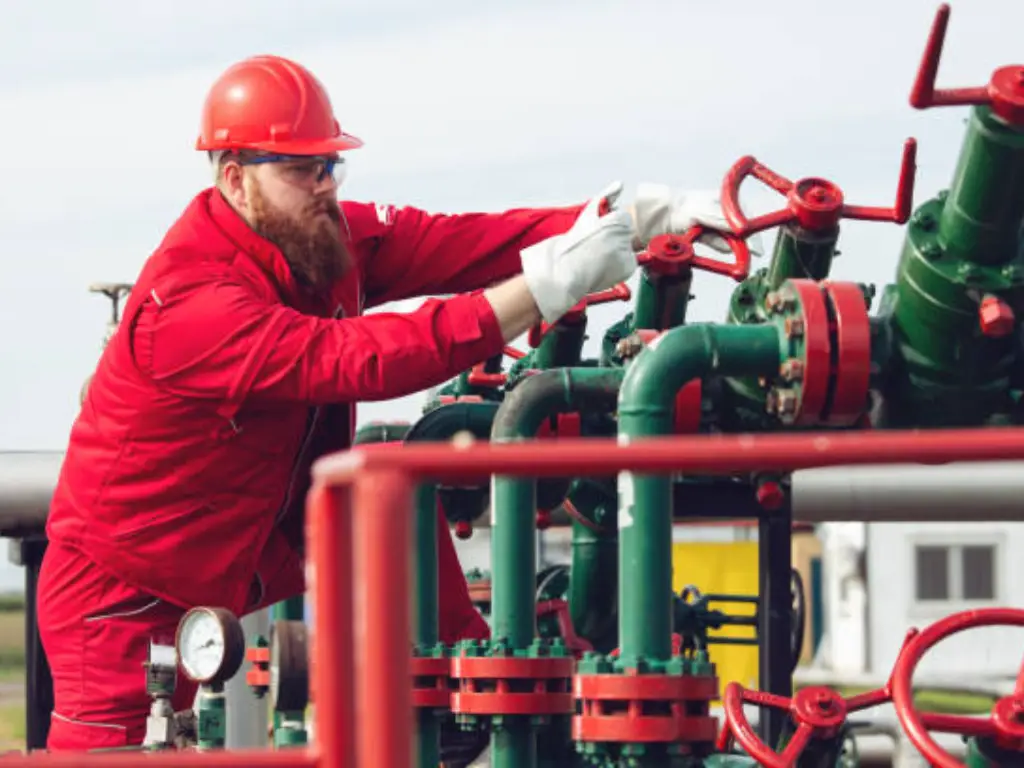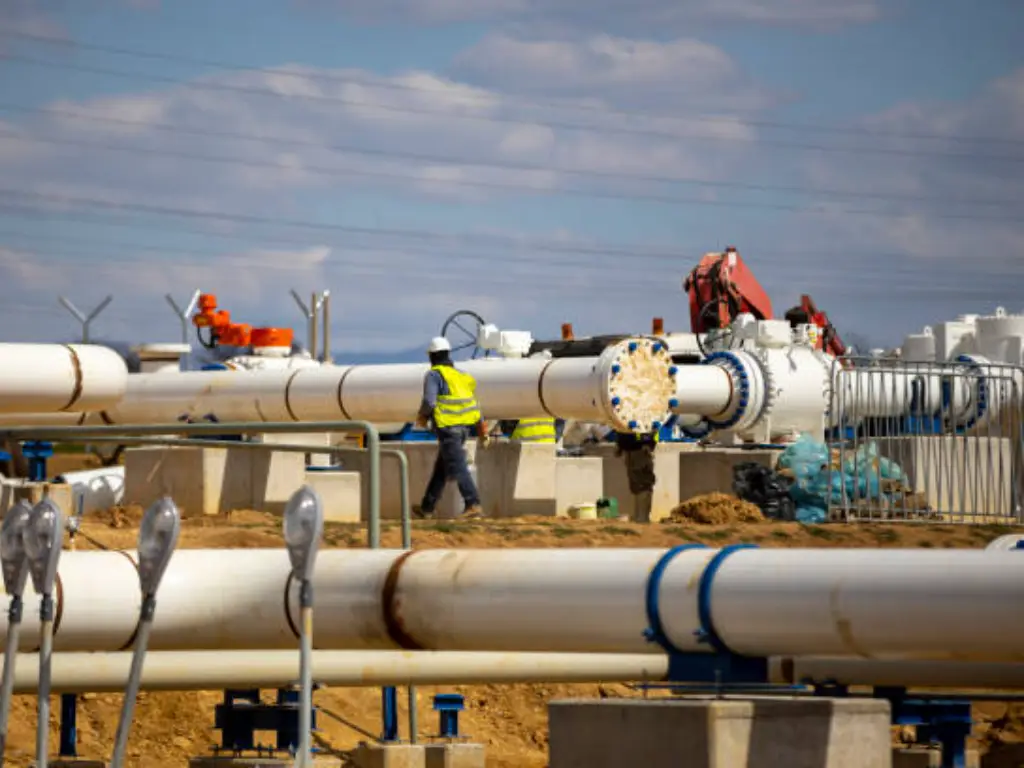Einführung

In the realm of the oil and gas industry, the efficiency of your equipment can have a major impact on your operations. One thing’s for sure: keeping equipment running well is not an easy job. In this blog entry, we will explore why oil and gas maintenance is important, the issues it creates, and the optimal practices for enhancing operational efficiency. We will also investigate the ways in which advanced technology and proactive approaches like predictive maintenance oil and gas can turn your methods of preserving vital equipment.
Common Challenges in Oil and Gas Maintenance
Maintaining oil and gas operations is demanding, and firms need to face a variety of challenges in order to make operations proceed effectively. One of the largest challenges is the strenuous and unpredictable work scenery. The common sites for gas facilities and drilling rigs are frequently far-off, found on offshore platforms, or in harsh weather conditions. When equipment operates in these settings, rapid deterioration can occur, making equipment failure more likely. In addition, the worker safety is a central issue in equipment maintenance in risky situations, such as in extreme temperatures or under high-pressure conditions, which also complicates the maintenance process.
A unique challenge is locating a solution to the problem of balancing continuous production with the importance of regular maintenance. Stopping production for maintenance can bring about unplanned downtime and lost revenue, but not carrying out the necessary maintenance on time can lead to significant failures. Additionally, gas companies manage a wide selection of machinery, which all require bespoke maintenance strategies and needs. Maintaining the diverse requirements in an efficient manner while emphasizing the reduction of maintenance costs and the enhancement of production efficiency is a continual difficulty for maintenance teams.
Notwithstanding that, the challenges are intensified due to the obligation to follow stringent industry statutes and manufacturer guidelines. Maintaining that all upkeep activities correspond with safety and operational standards is important for sidestepping legal difficulties, including liability lawsuits, and also for supporting the longevity of equipment.
Why Oil and Gas Maintenance is Critical for Operational Efficiency

Maintenance in the oil and gas field is vital to maintaining the efficiency and safety of machinery.
Maintaining routine oil and gas systems helps to stop costly equipment failure from happening. Companies can prevent the interruptions to gas production, which cause considerable unplanned downtime, by tackling small technical difficulties early. Predictable incidents of inspection and maintenance enhance the lifespan of machinery and allow enterprises to spend less on maintenance over the long haul.
In addition, equipment that gets the right kind of maintenance provides greater efficiency during production. The efficient operation of machinery generates energy savings, lowers waste materials, and increases its performance. This results in better performance and a more efficient operation, permitting gas operations to reach their production targets without needless delays.
Aside from everything else, proper maintenance is important for fulfilling safety and environmental regulations. In industries that really focus on safety, operational consistency is vital. These procedures protect the employees and this assists the organization in dodging lawsuits and regulatory fines.
Companies are able to heighten their operations’ effectiveness, safeguard their assets, and maintain the continuity of their operations by deepening their commitment to maintenance.
How to Implement a Preventive Maintenance Program in Oil and Gas Operations
An effective preventive maintenance program is important for oil and gas firms to decrease unproductive time and preserve the helpful life of their equipment. A variety of maintenance strategies may be adopted, each customized to the particular needs of the equipment and the functional demands at play. Here are the key strategies that oil and gas companies can adopt:
- Scheduled Preventive Maintenance: This is typical practice, in which inspections, lubrication, cleaning, and part replacement are conducted periodically at preset intervals, no matter how well the machines are faring. A well-conceived preventive maintenance strategy can help stave off future troubles by tackling potential risks that may evolve into major problems. Yet, when maintenance is routinely arranged without taking into account the present condition of the equipment, it can trigger irrelevant maintenance duties, which might raise expenses with no added benefits.
- Condition-Based Maintenance (CBM): Monitoring the instantaneous state of equipment through diagnostic tools and sensors is what CBM signifies. Maintenance is only carried out when specific conditions, such as temperature or vibration thresholds, suggest that a problem is forming. It facilitates maintenance teams to concentrate only on equipment with necessary maintenance, which lengthens asset lifespan and stops minor issues from building up.
- Predictive Maintenance: Implementing data analytics and machine learning, the more sophisticated strategy known as predictive maintenance aims to forecast when equipment could fail. Adopting a computerized maintenance management system (CMMS) or using predictive algorithms to schedule just-in-time maintenance could incite organizations to aim for lower shutdown costs. With this tactic, operational effectiveness and access to equipment are improved, ultimately reducing the need for excessive maintenance activities.
- Dynamic Maintenance: The strategy of dynamic maintenance involves a synthesis of condition-based and predictive methods, with a continuous revision of maintenance schedules according to real-time data and predictive analysis. This adaptable method permits oil and gas operations to swiftly adjust to changing equipment conditions and operational needs.
The intersection of these maintenance practices contributes to oil and gas companies increasing the productivity of their maintenance processes, which allows for the more effective operation of their equipment while also reducing downtime and maintenance costs.
Leveraging Advanced Technology for Oil and Gas Maintenance

The oil and gas industry has experienced a technological transformation in its methods for oil and gas maintenance. Current tools are being adopted to upgrade maintenance strategies, making them more effective and efficient than they were previously.
At the core of this transformation is the Internet of Things (IoT). Through employing smart sensors to attentively observe the efficiency of equipment, potential issues are discovered early, which aids in preventing escalation. As a result of this predictive maintenance approach in oil and gas, there has been an important transition promoting a decreased rate of unplanned downtime and an optimization of maintenance processes.
AI and machine learning are strategic resources for the industry. These technologies assimilate a significant data set to anticipate equipment failure, thereby giving the chance to devise maintenance plans that are optimal. The ability of AI to recognize patterns that transcend human perception boosts the preciseness of maintenance approaches.
In the sector, computerized maintenance management systems (CMMS) are critical tools. The availability of this type of platforms allows for the effective monitoring of maintenance, supervision of inventory, and scheduling of work orders. Usage of a computerized maintenance management system (CMMS) has led to a notable improvement in maintenance accuracy and efficiency in the field of oil and gas.
Also, 3D modeling and digital twin technology are becoming more and more common. The technologies employed help in the creation of virtual multiples of devices, permitting the simulation and testing of maintenance techniques in a virtual space. This method lowers risks and enhances strategies.
The Future of Oil and Gas Maintenance: Embracing Predictive Maintenance and Automation
The path forward for oil and gas maintenance clearly turns towards data-driven, more advanced approaches. At the heart of this transformation are predictive maintenance strategies for oil and gas operations, which are positioned to dramatically change how the industry supervises its assets and overall activities.
Predictive maintenance utilizes advanced analytics and machine learning techniques to forecast the point in time where equipment is likely to fail. By examining data from sensors and historical performance records, these systems are able to detect subtle indications of wear or impending failure well in advance of them becoming serious problems. A strategy of this sort helps maintenance teams plan for interventions at the most favorable times, thus lowering interruptions to operations and increasing equipment accessibility.
The oil and gas industry is experiencing a strong influence on maintenance from the trend of automation. The rise in using robotics for routine inspection and maintenance tasks is becoming increasingly prevalent, especially in challenging and risky work locations. These systems using automation help with safety, while also assuring more detail and consistency during inspections.

The adoption of these advanced maintenance approaches generates significant advantages linked to heightened operational efficiency and cost reduction. Businesses can avoid the costs of expensive servicing and avoid disruptions to production if they stop unanticipated system failures from occurring. Reduced maintenance costs are experienced because resources are managed efficiently, confined to gear that rightfully needs care instead of sticking to inflexible timelines.
Further, both predictive maintenance and automation serve to extend the life of equipment, consequently decreasing the frequency of important overhauls or replacements. Moving in this direction will lower expenditures for capital projects and will also strengthen the overall reliability and performance of gas assets.
As these technologies mature, the oil and gas industry should expect gains in operational efficiency, safety, and cost savings. What lies ahead for the oil and gas maintenance sector is not merely about solving issues, it is about taking full ownership of assets to enable optimal performance and a long lifespan.
Dombor: A Leading Industrial Valve Manufacturer for the Oil and Gas Industry
When it comes to oil and gas maintenance, choosing the right equipment manufacturer is crucial. Dombor, an industrial valve manufacturer with well over 20 years of achievements, provides premium valves to the energy sector. Their advanced production plants guarantee a robust production capability able to meet the demands of production companies globally. To learn more about the manufacturing process at Dombor, watch the video below that features their factory. Email Dombor today to find out about the way their reliable valves can increase your operations and help you flourish in the gas and petroleum industry.









